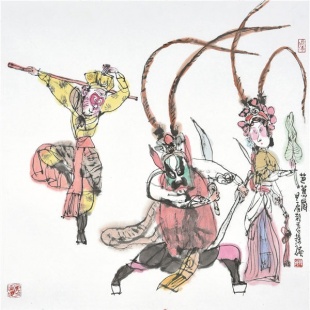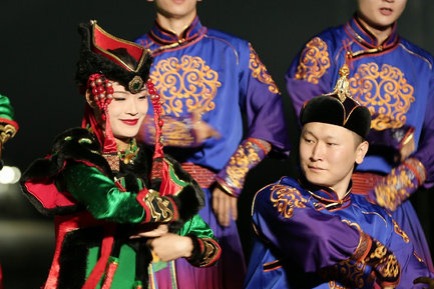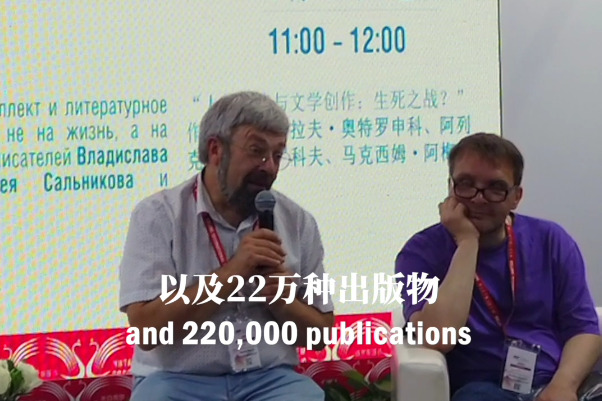Ink artist draws on imagination


Han believes that one of the most important criteria of a good piece of work is if one can change the fixed rules — "If he shows individuality, creates a new language of art, offers a different perspective, addresses the needs of the time, or presents artistic appeal — in summary, makes something with soul.
"For example when I make a portrait of Lu Xun, a foremost writer of the 20th century, the point is to present his moral strength. But it is not as simple as to just add wrinkles to his face — that may make him look like an old man, instead of a righteous scholar," he says. "Neither would I reinforce his integrity by making him look tall and strong — it is far from the real image of him and would be improper."
Han's work shows his preference for characters in classical novels. By giving life to these characters on paper, he hopes to accentuate a "beautiful and concise" style similar to that of Tang Dynasty (618-907) poetry.
He has also painted several characters from traditional operas in which he is fascinated by the "supreme beauty of theatrical structures and the surrealistic, imaginative sides of the plots".
He views such works as an endeavor to enliven Chinese opera with the carefree and expressive strokes of the ink tradition.
Han attributes his accomplishments in ink partly to his early experiences as a creator of lianhuanhua, Chinese comic books that are often palm-sized. He says that painting in this miniature form was a unique way of training to achieve progress in technique.
He adds that even today, before he works on a painting, he likes to first make a smaller version. "It constitutes an essential part of my work. It brings me the joy of deliberating on details and gradually entering a state of perfection.
"Don't push too much. (Make sure that) every stroke is required. Every detail counts," he says.
"I feel lucky that I chose painting as my profession so that I could set myself free in the world of art, enjoying its richness and broadness. Painting gives happiness and there are also regrets to make me think more. For me, creation is with no end."
Han's exhibition also inaugurates a long-term collaboration between the Beijing Fine Art Academy and the Shanghai Chinese Painting Academy — Han directs the latter's art council. The two institutes will deepen their exchanges by showing the works of each other's resident artists.





































